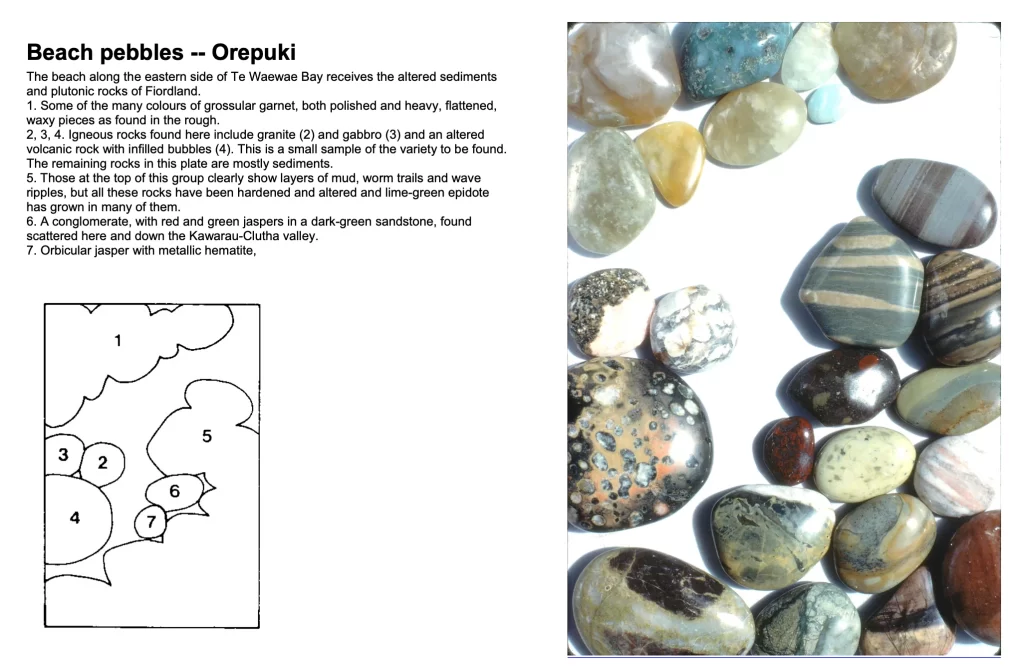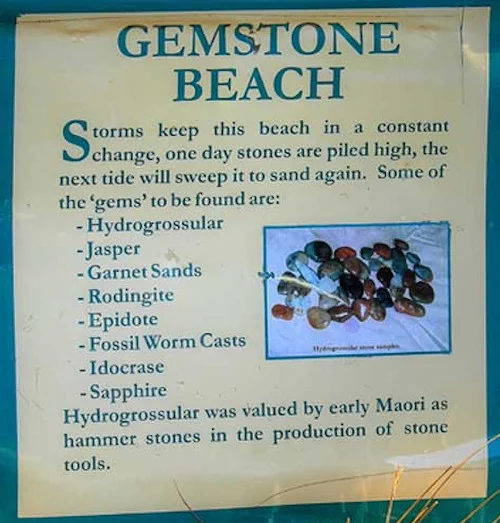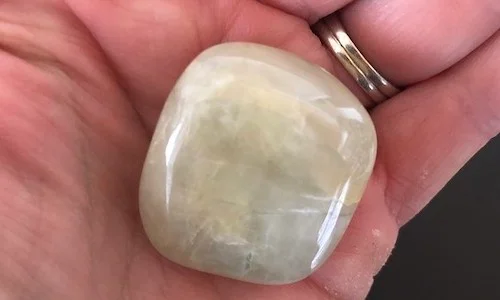As I try to wrap my head around trying to correctly identify the different types of rock (stones) usually found in my Western Southland fossicking, I thought it might be a good idea to post what I’ve been learning. There are a lot of technical names here and I’m sorry about that!
My main sources of information have come from JP of Tumblestoneblog; Jocelyn Thornton’s “Gemstones” (originally published in 1985 in the Mobil New Zealand nature series) and Wikipedia List of Rock Types.
The Three Major Types of Rock
There are three major types of rock: igneous rock, sedimentary rock and metamorphic rock.
Igneous Rock
Igneous rock, or magmatic rock, is one of the three main rock types, the others being sedimentary and metamorphic. Cooling and solidification of magma or lava form these rocks.
Based on what I’ve seen or collected myself, or I’ve read I’m likely to pick up these types of igneous rocks locally:
- granite (common type of intrusive, felsic, igneous rock with granular structure)
- rhyolite (igneous, volcanic rock, of felsic (silica-rich) composition)
- carbonatite (Igneous rock with more than 50% carbonate minerals – often confused with marble.)
- gabbro (coarse-grained mafic intrusive rock)
- quartz monzonite (type of igneous rock – An intermediate plutonic rock, essentially a monzonite with 5–10% modal quartz)

Sedimentary Rock
Sedimentary rocks are types of rock that are formed by the accumulation or deposition of mineral or organic particles at Earth’s surface, followed by cementation. Firstly, sedimentation is the collective name for processes that cause these particles to settle in place. The particles that form a sedimentary rock are called sediment and may be composed of geological detritus (minerals) or biological detritus. Specifically, the geological detritus originates from the weathering and erosion of existing rocks or from the solidification of molten lava blobs erupted by volcanoes.
Subsequently, the geological detritus is transported to the place of deposition by water, wind, ice, or mass movement, which are collectively known as agents of denudation. Biological detritus was formed by bodies and parts of dead aquatic organisms, as well as their fecal mass, suspended in water and slowly piling up on the floor of water bodies. Sedimentation may also occur as dissolved minerals precipitate from water solution.
The beach along the eastern side of Te Waewae Bay (Gemstone Beach, Orepuki) receives the altered sediments and plutonic rocks of Fiordland.
Jocelyn Thornton
Please remember that I am a novice not an expert!
Based on what I’ve seen or collected myself or that I’ve read, I’m likely to pick up these types of sedimentary rocks locally:
- argillite (sedimentary rock, mostly of indurated clay particles)
- banded iron formation (distinctive layered units of iron-rich sedimentary rock that are almost always of Precambrian age)
- breccia (rock composed of broken fragments cemented by a matrix)
- conglomerate (coarse-grained sedimentary rock composed mostly of rounded to sub-angular fragments)
- jaspillite (banded mixture of hematite and quartz)
The types of sedimentary rocks found at Gemstone Beach and Papatotara are greywacke, mudstone and sandstone. Unless it looks highly unusual I’m not likely to pick those kinds of stones up.
Metamorphic Rock
Metamorphic rocks arise from the transformation of existing rock into new types through a process called metamorphism. Initially, the original rock (protolith) is subjected to temperatures greater than 150 to 200 °C. Additionally, the often elevated pressure of 100 megapascals (1,000 bar) or more causes profound physical or chemical changes. During this process, the rock remains mostly in the solid state; however, it gradually recrystallizes into a new texture or mineral composition. Furthermore, the protolith may be an igneous, sedimentary, or even an existing metamorphic rock.
Based on what I’ve seen or collected myself or I’ve read, I think I am likely to pick up these types of metamorphic rocks locally:
- quartzite (hard, non-foliated metamorphic rock which was originally pure quartz sandstone – A metamorphosed sandstone typically composed of >95% quartz)
- rodingite (metamorphic rock variety – mafic rock metasomatized by serpentinization fluids)
Other Stones/Rocks
What about all those other types of stones usually found on Gemstone Beach or Papatotara? Where do orbicular jaspers or hydrogrossular garnets fit?
Minerals
In geology and mineralogy, a mineral or mineral species is, broadly speaking, a solid substance with a fairly well defined chemical composition and a specific crystal structure that occurs naturally in pure form. Likely to pick up locally:
- quartz (hard, crystalline mineral composed of silica (silicon dioxide). Did you know that quartz is the second most abundant mineral in Earth’s continental crust, behind feldspar?)
- milky quartz (a cloudy white quartz but not considered a valid species)
- thulite (variety of zoisite but also not considered a valid species)
- jasper (type of quartz)
- hydrogrossular (series of garnets)
- epidote (calcium aluminium iron sorosilicate mineral)

What is idocrase? I had to look it up! Also known as vesuvianite, it is a green, brown, yellow, or blue silicate mineral. Idocrase occurs as tetragonal crystals in skarn deposits and limestones that have been subjected to contact metamorphism.
Iff you are still reading and not too confused that’s awesome! Unfortunately I am still finding the rock/stone types difficult thereby find it difficult to correctly identify the stones gathered during a fossick!
I think I’m just going to continue to pick up stones that catch my eye. I’ll pick ones that might look great after a tumble and polish. I will try to identify the ones that I can. Wish me luck. I think I’m going to need it!


3 Replies to “Learning about Types of Rock”